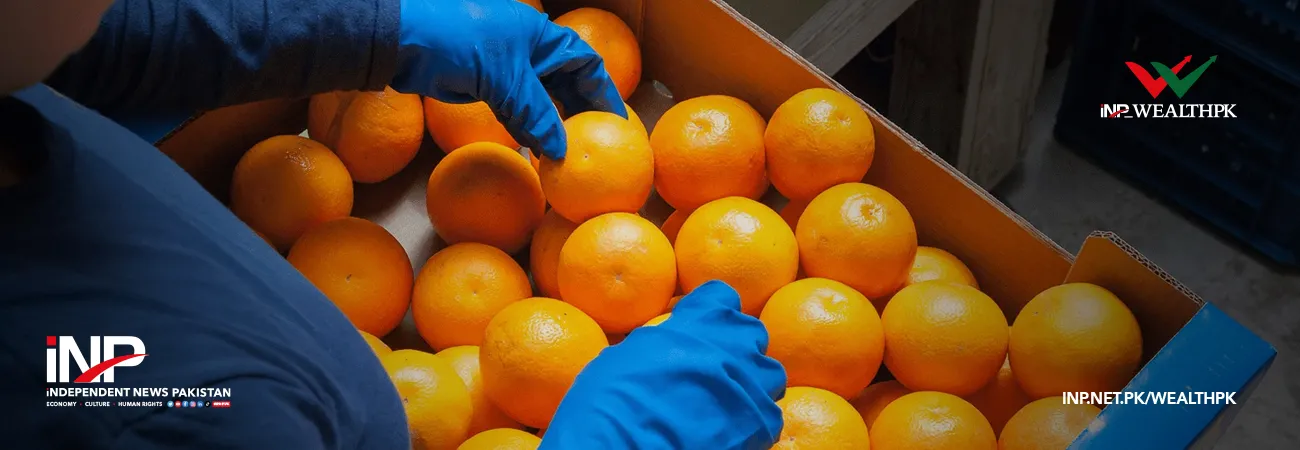INP-WealthPk

Pak and China step up cooperative partnership on cotton research
February 21, 2022
Islamabad, February 21 (INP): Pakistan and China step up cooperation on cotton research under climate change plan, Gwadar Pro reported on Monday.
The National Natural Science Foundation of China (NSDC) and Pakistan Science Foundation (PSF) are working together to establish a model through the study of the changes in climate characteristics and the corresponding changes in cotton and wheat production varieties, and to put forward breeding suggestions for climate change in the next 30-50 years.
This is a message conveyed by Ms. Zhang Rui, Biotechnology Research Institute, Chinese Academy of Agricultural Sciences on the International Training Workshop on Climate Smart Water Fertilizer Intelligent System for Cotton and Wheat organized by the MNS University of Agriculture, Multan.
The model is developed under the APSIM (Agricultural Production Systems Simulator) intelligent regulation and decision-making system, which can simulate the biophysical process in farming system under the climatic risk, describe crop structure, crop sequence, yield prediction, and quality control as well as erosion estimation under different planting pattern, and predict the future design direction of wheat and cotton varieties and water, fertilizer and salt management measures.
“Compared with traditional breeding, the use of genetic engineering methods can produce crop varieties that adapt to different types of environmental conditions more quickly”, she said.
Pakistan stands 5th in cotton production among the 60 major cotton-producing countries of the world and occupies the 3rd position in consumption.
The cotton industry in Pakistan, with the longest value chain system in the country, has 60% share in foreign exchange earnings and engages 38% of labour force directly or indirectly.
But there is a gap of about 5-6 million bales between production and consumption of local cotton industry, informed Dr. Saghir Ahmad, Chief Scientist on Cotton at the Cotton Research Institute (CRI), Multan.
“Major challenges include climate change, obsolete Bt. Technology, seed quality, pests and diseases, quality issues, shortage of water, soil health, production technology awareness, and limited profitability”, he said.
In particular, climate change is a common challenge faced by both Pakistan and China, posing threats to cotton cultivation.
Data of CRI Multan show that both the highest and the lowest temperatures in Punjab display upward trend during the past two decades, with a marked 1.5°surge from 2020 to 2021.
“Without strategies and measures, most areas in Punjab will be attacked by pink bollworm by 2040”, warned Dr. Saghir Ahmad.
In China, the average annual temperature rose by 0.24℃ every ten years in the past seven decades. The past 20 years were the warmest period since the beginning of the 20th century. As a result, extreme weathers like high precipitation and drought have been on the rise.
“In response, more than 630 cotton germplasm were collected”, said Zhang Rui. During the whole growth period of cotton, their growth potential, purity and sensitivity to ketamine were observed and analyzed to identify climate smart varieties .
“Using genetic engineering technology, cotton varieties with significantly improved environmental adaptability have been cultivated”, she said.
Closer cooperation between Pakistan and China is expected on cotton research. Dr. Saghir Ahmad briefed that the construction of Pak-China joint cotton breeding lab under CPEC at CRI Multan has been proposed.
He also anticipates the transfer of Chinese latest GMO technology to Pakistan, exchange of germplasm, training of scientists, mechanization cooperation, and joint conference.
INP/javed












